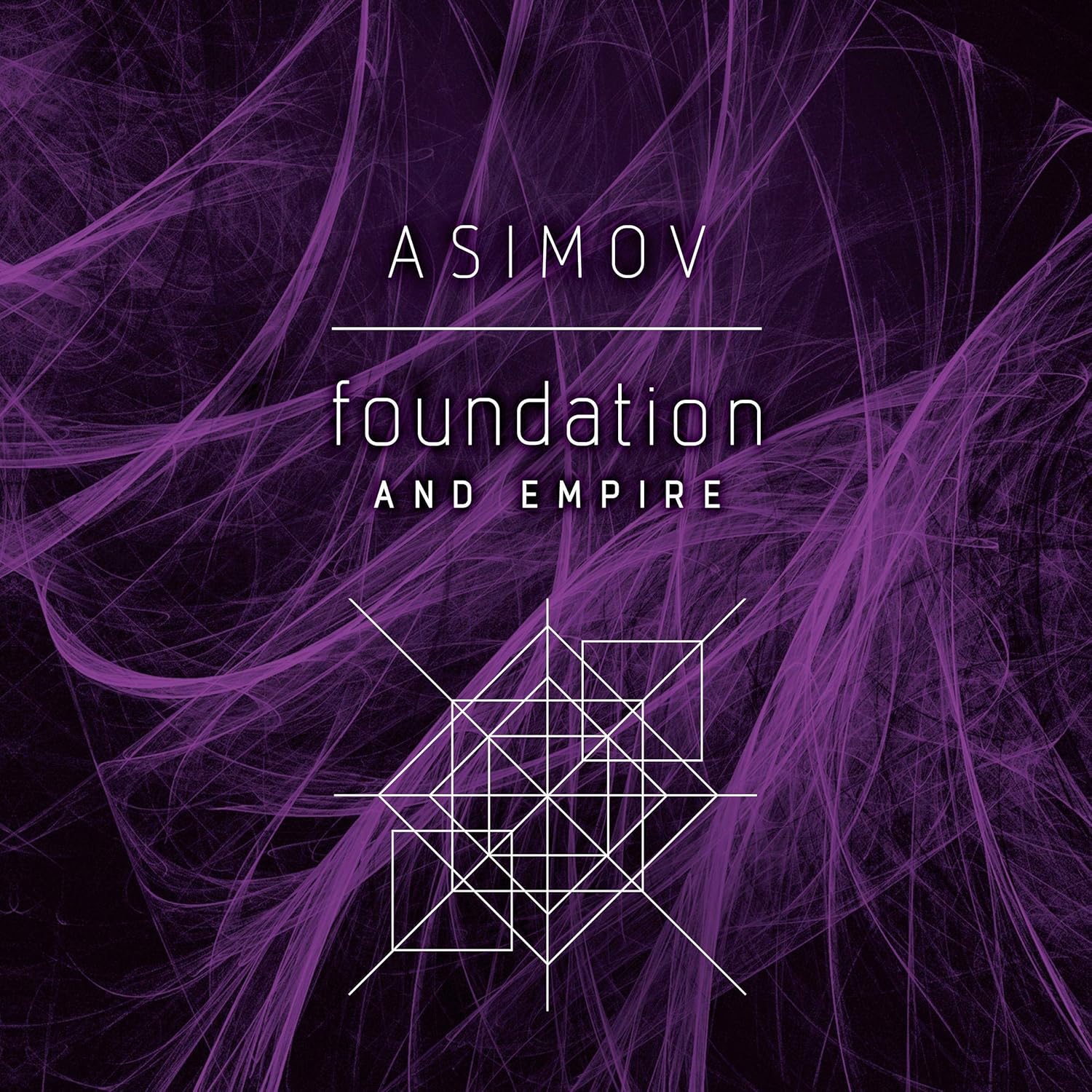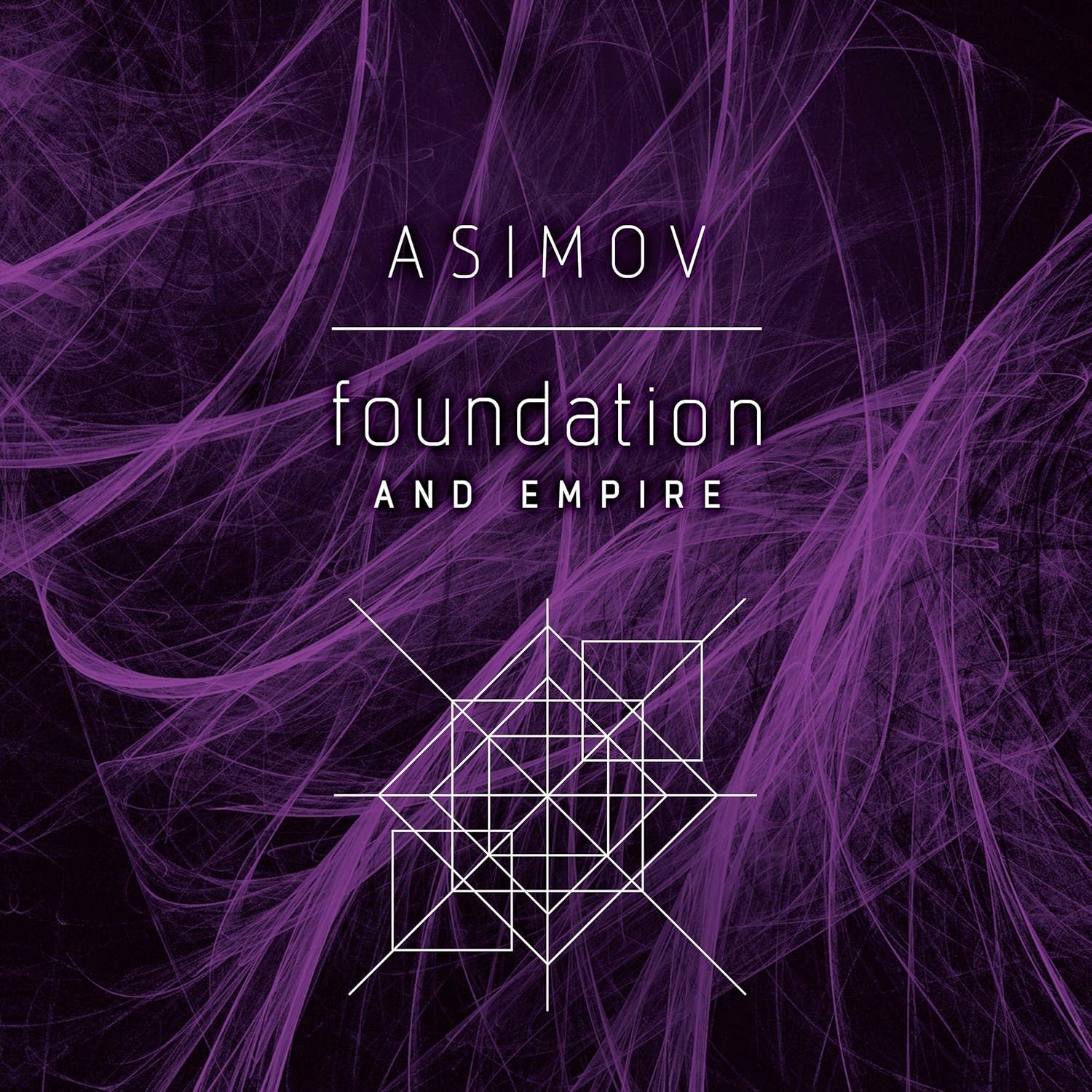As a devoted science fiction fan, I’ve long admired Isaac Asimov’s work, especially the legendary Foundation series. So, when I picked up Foundation and Empire, the second novel in this groundbreaking trilogy, I was eager to dive deeper into a universe rich in political intrigue and philosophical dilemmas. The chance to explore the narrative surrounding Hari Seldon, the master psychohistorian, and the introduction of a powerful villain called the Mule certainly piqued my interest.
Asimov builds upon the foundation he laid in the first book, thrusting us into a galaxy where the Galactic Empire is teetering on the edge of collapse. The stakes are raised, and the tension is palpable as the Foundation battles greedy warrior-planets. One of the standout aspects of this book is the suspense and action that Asimov skillfully weaves throughout. It truly fulfills the promise of a gripping sci-fi narrative filled with cutting-edge speculation. The exploration of new characters and plot twists keeps the reader hungry for more.
Notably, many readers highlight the writing style as a massive strength. I found Asimov’s prose to be precise and efficient, a departure from the more extravagant descriptions often found in contemporary works. His succinct storytelling felt refreshing, making it easy to digest complex ideas without losing the essence of the narrative. In fact, one reviewer likened Asimov’s writing to “eating a lean cut of meat” — a sentiment I wholeheartedly agree with.
However, I did experience some challenges, particularly with the pacing. The first half of the book felt slow at times, often focusing on political maneuvering rather than dynamic action. While this can engage readers who appreciate tension-building, others may find it somewhat tedious. Nicholas Ritter captures this aptly in his review, noting that while he struggled with the initial pacing, the second half of the book truly picked up. I shared in this experience; the story’s momentum started to build sharply once the characters converged around the core conflict with the Mule, creating a sense of urgency that ultimately made it worthwhile.
The character of the Mule is another intriguing point. Asimov introduces a villain whose abilities defy human comprehension — a fascinating addition that stirred up many questions in my mind. His motivations, however, are almost pedestrian in their desire for power. This lack of profound reasoning behind his actions left me wanting more complexity. As one reader pointed out, the Mule’s desire for power for power’s sake feels a little underdeveloped compared to the rich tapestry of other characters and ideas Asimov tackles.
On a brighter note, the book provides a wealth of sociological insights that made me reflect on human nature and the recurring themes of hope and despair. I couldn’t help but ponder how much of Asimov’s narrative reflects the turbulence of his era, and it certainly speaks volumes to today’s readers. As I read, I found myself contemplating the implications of Seldon’s psychohistory, and how it attempts to predict the future through mathematics and sociology, a thought-provoking concept resonating even in modern discussions of data analytics and predictive modeling.
In conclusion, Foundation and Empire is a worthy sequel that expertly delves into the greater complexities of the universe Asimov created. While a slower pacing in the first half may challenge some readers, the explosive second half and the revelations about the Mule and the Second Foundation ultimately deliver. Fans of sci-fi looking for rich philosophical themes wrapped in a gripping storyline will find this book rewarding. I would certainly recommend it to anyone who enjoyed Foundation, as it sets the stage beautifully for the yet-to-be-explored territories of the series. Overall, I’d rate this book 4.5 stars, reflecting a fantastic reading experience that captivates the intellect while inviting contemplation on the human condition.








